Gautam Buddha was born in Lumbini which was a part of the kingdom of Kapilvastu ruled by Shakyas in Nepal. Born to a royal family, Siddhārtha Gautama was the son of king Suddodana Tharu. He always lived a luxurious life away from the reality of the world. His father never let him out of the palace and did not want him to become a monk. Siddhartha married Yashodhara at the age of 16 and later had a son Rahul. Even though Gautama had everything he could have asked for, he was unhappy. He wanted to know the real reason behind his existence.
One day, he sneaked out of his castle against his father’s will and observed the four truths of life, an old crippled man, a sick man, a dead man, and a holy man with no home. He then leaned that birth, death, illness and aging is a part of life and the rule of nature. He chose to become a holy man with no home, leaving behind his family and wealth.
He followed his teachers to seek answers to his questions. He ate only 6 grains of rice in a day, held his breath for long time to test self-control, but was still not content. He left his teachers in search of his answers. He then started meditating under a fig tree (now called the Bodhi tree) fro 49 long days after which it is believed that he achieved enlightenment and became Buddha.
After enlightenment he found the answer to suffering through Four Noble Truths. He then travelled to a town called Sarnath to teach the people the Four Noble Truths and the Noble Eightfold Path. Her formed a Sangha and preached about his learning but he told his followers that he was not a God but just a man who found out the meaning of life. This way he spread Buddhism in the southern parts of Nepal and northern India. Gautama Buddha died of food poisoning at the age of 80.
Buddhism says that pain is a part of all life which arises out of desire. Desire can be controlled and enlightenment can be achieved by doing good things and training one's mind. Meditation is widely preached in Buddhism to understand human mind and heart and to attain peace. Buddha believed that attaining enlightenment is possible if one wants and never commented widely about the existence of God.
Buddhism is followed today in South East Asia, Japan, Nepal, Bhutan, China and India too.
Coins Featuring Gautam Buddha
Boddo or Buddha was depicted on coins of Kanishka I for the first time ever with all the aesthetic features of Buddha like the head bun, the sanghati (the over cloth), and long ear lobes.
The iconographic imagery of Gautama Buddha was introduced during the Kushan rule and developed with the Gandhara style of art under this dynasty.
Shakamano Boddo:
The coins of Kanishka I have other avatars (incarnations) of Buddha depicted on them.
According to Mahayana traditions (a branch of Buddhism), Siddhartha Gautama (Gautama Buddha or just Buddha) was not the only Buddha (the enlightened one). Mahayana Buddhism considers Shakyamuni Buddha to be the first Buddha.
Metrago Boddo:
Maitreya Buddha is the future incarnation of Buddha according to the Mahayana and Vajrayana Buddhist traditions. Kanishka I’s coins also portray him on them.
Click here to read Deities on Kushan Coins Part II
Click here to read Deities on Kushan Coins Part I
Several modern coins as well have depicted Buddha on them. For example, Nepal issued commemorative coins featuring Gautam Buddha.
As we celebrate Buddha Jayanti, let’s also strive for peace, not just peace outside, but peace within too. If the world practiced what he taught, harmony would be guaranteed.
-
Stamps on International Refugee Day
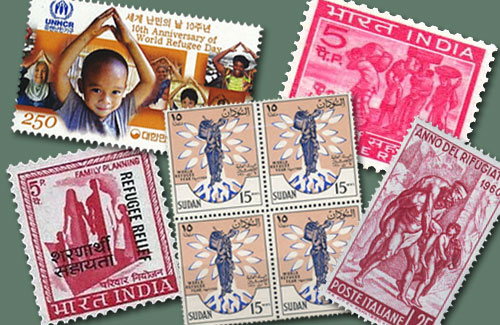
Violence, wars, terrorist attacks and prosecutions have torn the world apart into pieces t...
-
Young Philatelist: Mythical Creatures on Stamps
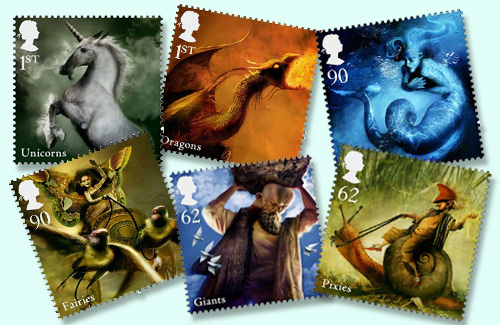
Can you imagine a world without stories? We were all born to tell and listen to them; that...
-
Young Numismatist: Time to Show You The Money
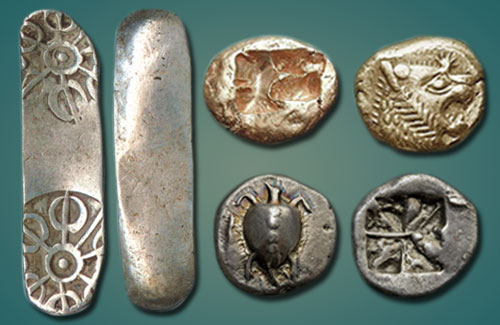
You always cribbed “Show Me the Money”. Now you get to see me in person, nice, up and ...
-
Types of Fancy Number Currency Notes
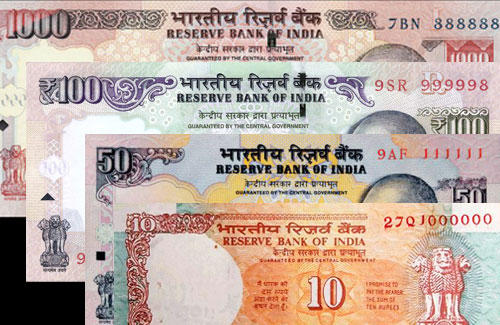
Types of Fancy Number Currency Notes Many notes come and go from your pockets and wallets...
-
Essential Tools for Every Stamp Collector

Gearing up the right way for anything that you have set your minds on always comes in hand...
-
Celebrating Buddha Purnima Through Coinage
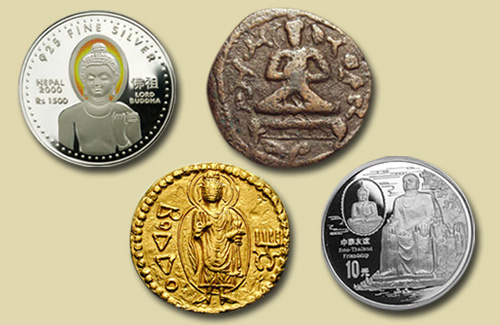
21st May will be observed as Buddha Purnima this year across the country, celebrating the ...
-
Why Can't a Country Choose to Get Richer By Printing More Paper Money?
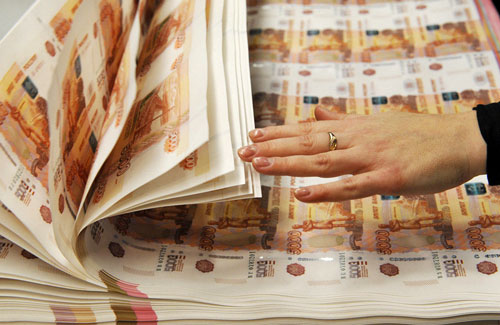
A question that many of us might have thought of, but never knew whom to ask. Today, let�...
-
Remembering Rabindranath Tagore
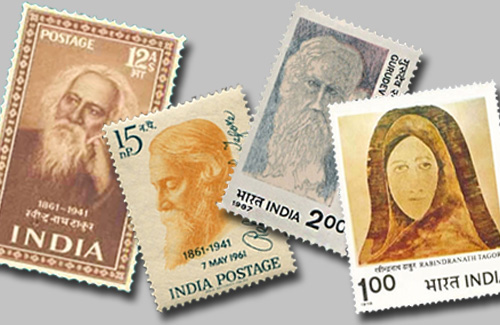
7th May 1861 was a special day in Indian history indeed. Rabindranath Tagore, one of the w...
-
CM Devendra Fadnavis Launches Mintage World

23rd April 2016 was a very special and eventful day indeed! Mintageworld.com was officiall...
-
8 Tips for Budding Stamp Collectors
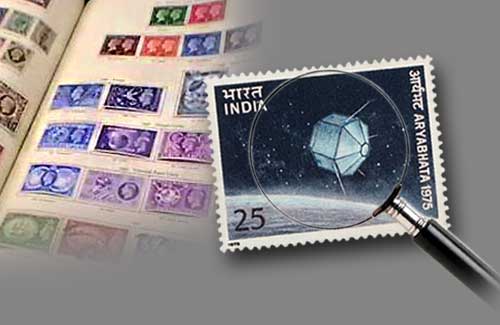
Collecting stamps is more than just a hobby for some. It’s an experience that helps you ...
